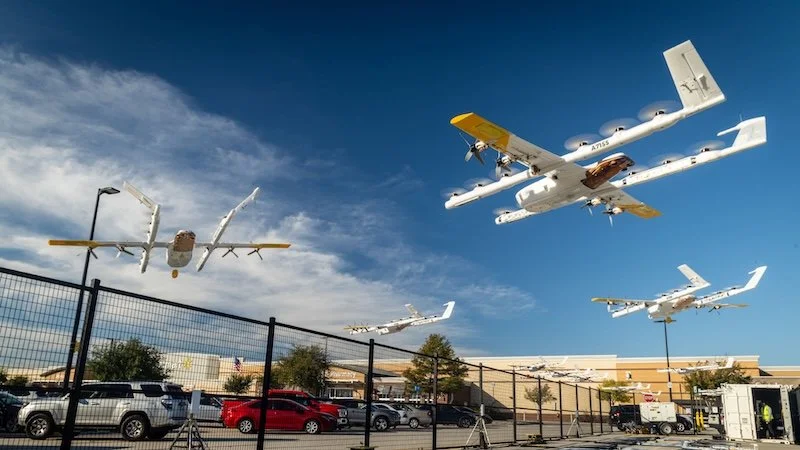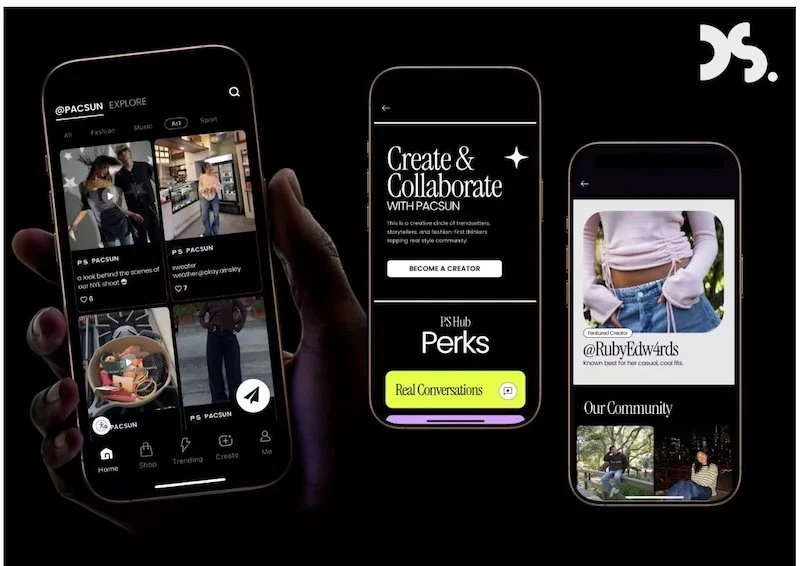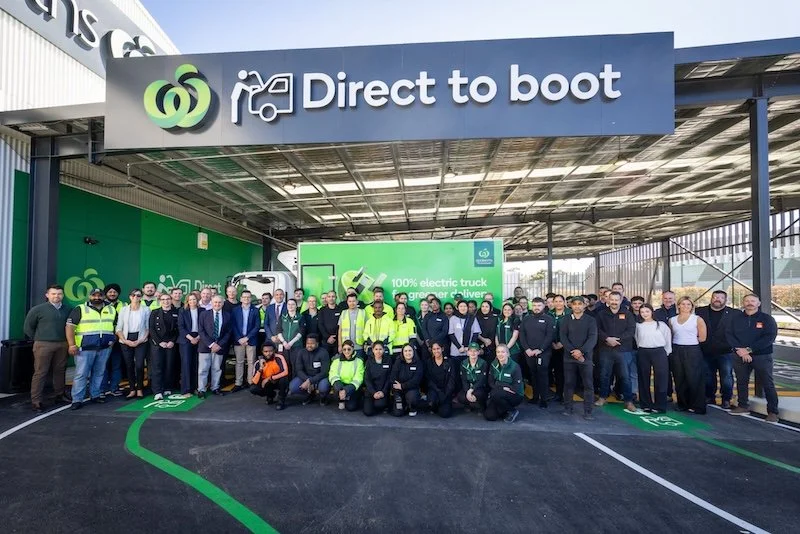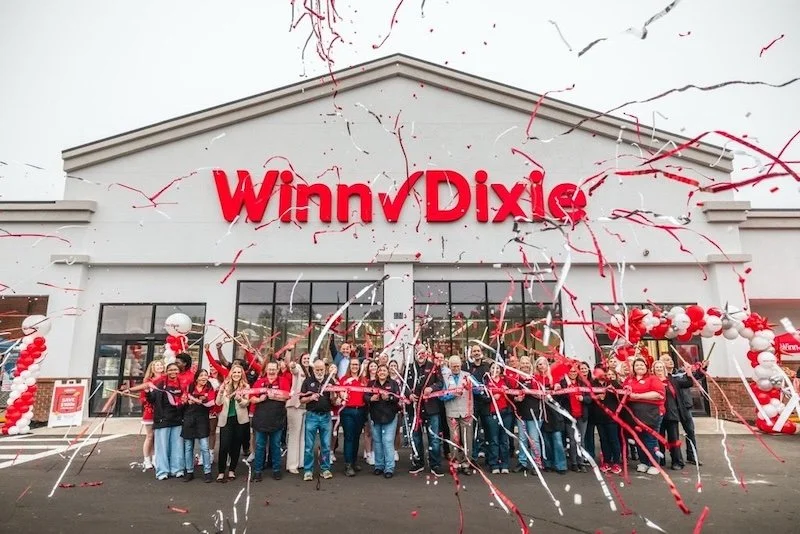Which technologies will impact retail in 2020?
By Jordan McPhee, Director of Strategic Partnerships and Innovation, Finger Food Advanced Technology Group
2019 was set to be a big year of change and innovation in retail. For the average consumer, the general feeling was that progress had not really been made. Those who paid close attention to retail innovation in 2019 know that in this case the customer was wrong… it was a great year!
A few technologies proliferated the market. Augmented reality continued to dominate much of the innovation conversation. There’s no dispute the positive impact it can, and will, have for customers. A recent Nielsen survey suggested that more than 50% of shoppers are happy to use AR as a way to improve their shopping experiences.
Nike and Nordstrom leading the charge
Many retailers and brands spent 2019 trying to find the best ways to utilise the latest tech available. Nike leveraged technology to revolutionise how we buy sports shoes. They created an application that allows customers to select their next sports shoe, based on the exact shape and size of their feet – Nike Fit.
Nordstrom was equally innovative, using technology to give customers the chance to try on thousands of shades of lipstick without having to open a single case.
As a company Finger Food jumped in, and developed an AR app for Canada’s largest outdoor retailer Mountain Equipment Co-op (MEC). The app takes customers into a range of virtual tents allowing them to explore the company’s full range, saving MEC a ton of floorspace that 50 tents might have taken up. Learn more about it here.
Mobile AR accessibility
For 2020, expectations for mobile AR are high; it’s already the most widely adopted platform for consumers. Through sophisticated design and marketing, many consumers have adopted the new technology without even realising it!
Snapchat, Facebook and Pokemon Go have blazed a trail and introduced consumers to the world of AR. It’s now up to retailers to capitalise on this momentum, and build seamless AR shopping experiences to drive brand loyalty and increase revenue.
In addition to the momentum created through mobile AR, Microsoft released its much-anticipated HoloLens 2 device. While the hardware is designed for enterprise applications, it provides a glimpse into the features and capabilities of future consumer wearables.
The Hololens 2 launch, combined with the Nreal mixed reality device release and the endless rumours about Apple’s foray into AR hardware shows that the adoption of wearable technology for shoppers, is just around the corner.
There’s more than just augmented reality that’s making an impact. AI, IoT and other technologies are changing the way we all do business.
Using IoT to connect retailers with customers
It’s no secret that customers check in-store pricing and local inventory levels from their mobile devices. Progressive retailers are looking at how merchandise planning and price optimisation supports customising best-price offers in real-time or offer location-based services right in the store.
In a smart store, traffic can be analysed across several departments to understand the entire shopping journey. Equally, moving merchandise more efficiently is one of the goals of smart transportation applications in retail.
“Augmented reality continued to dominate much of the innovation conversation in 2019. There’s no dispute the positive impact it can, and will, have for customers”
Retailers need to sense, understand and act on IoT data
Retailers need to sense, understand and act on IoT data with analytics. Retailers should focus on IoT applications that better serve customers and create value:
Personalised marketing and content delivery
Customer movement tracking to optimise store setup and In-store buyer behaviour tracking.
Optimal staffing level indicators
Cashierless payment options
Warehouse robots linked to IoT
Automated checkout, personalised discounts and smart shelves
Wireless shipment tracking devices
Inventory management tools
Voice assist for shopping and search
Post-Millennials are growing up with voice-activation being the “norm”. Strategy consultants OC&C predict that voice shopping will grow to $40 billion by 2022, up from about $2 billion today across the United States and the United Kingdom. Some predict even faster growth: Juniper anticipates that number to be $80 billion by 2023. Almost half of smart speaker users, used voice to search for products, and a third use voice to compare prices.
Artificial Intelligence
Annual global spending on AI by the retailers will reach $7.3 billion by 2022. Retailers are investing in AI to improve search, recommendation engines for content, and data science.
AI is being applied in new ways across the entire product and service cycle - from assembly to post-sale customer service interactions.
It is a key element of in-store retail by personalising the customer experience and creating a more engaged business-to-consumer interaction. Using this data, AI can analyse patterns and behaviours and ultimately create a more personalised shopping experience for the users. It creates an opportunity to bridge the gap between virtual and physical sales channels.
AI helps eliminate the inefficiencies that humans bring into operations!
The effective application of AI will enhance online customer service and in many ways AI help to eliminate the inefficiencies that humans bring into operations. It can also help retailers to better manage the trillions of customer data points they have.
From robotics to machine learning, augmented reality to IoT, 2020 is shaping up to be an exciting year for retail. We are still just scratching the surface of how technology can shape the future of retail.
Come and see us at NRF 2020 in New York, 11th-14th January, to find out more about how technology can impact retail and manufacturing.










Continue reading…